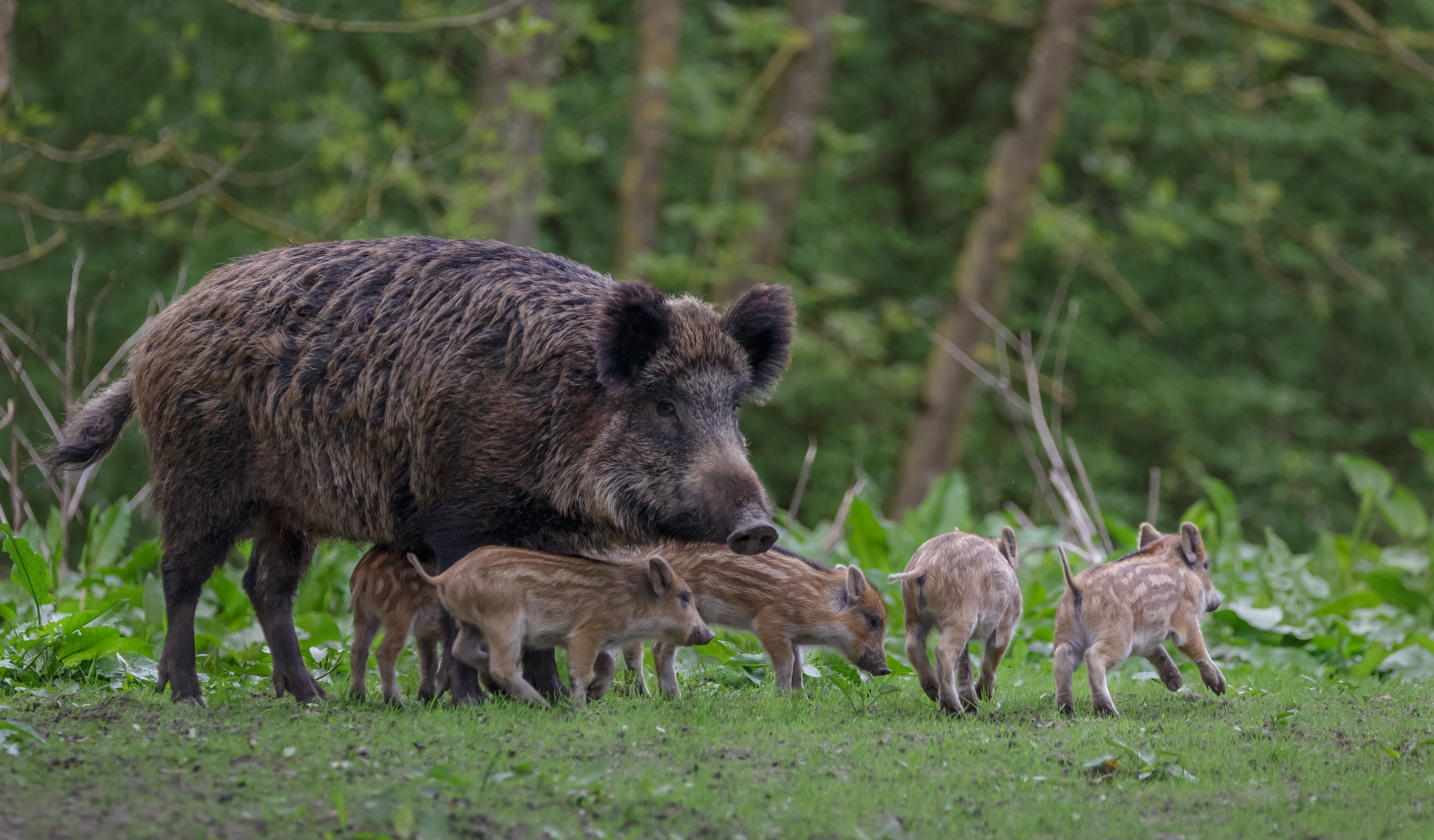



Understanding invasive behaviour of feral pigs may provide inspiration for new control methods
Predicting the behaviour of one of the most successful invasive species globally may help with controlling numbers in areas where the human-animal conflict is critical.A new report published in the journal, Ecological Applications, explores the responses of an invasive species, namely the feral pig (Sus scrofa), to changing ecological factors. Understanding how feral pigs adapt to changes such as natural forage and crop availability could help predict their behaviour in rural areas and thereby implement strategies for more efficient control.
As a highly successful invasive species, the feral pig is an important model for predicting the invasibility and damage risk of other invasive alien species too.

The current study linked heterogeneous movement data across different agro‐ecosystems to predict ecologically‐driven variability in the functional responses of wild boar. The researchers used continental‐scale movement data within agro‐ecosystems to quantify the functional response of agricultural resources relative to availability of crops and natural forage. It was hypothesised that wild pigs would selectively use crops more often when natural forage resources were low. Individual attributes such as sex, crop type, and resource stimulus, such as distance to crops, altered the magnitude of the functional response.
The results support the study hypotheses and demonstrate how commonly collected animal movement data can be used to understand context‐dependencies in resource use to improve understanding of pest foraging behaviour. This knowledge will aid with prioritising spatio‐temporal hotspots of potential economic loss in agro‐ecosystems.
With the seemingly unstoppable plight of African swine fever (ASF) on pig herds globally, predicting the movements of one of the disease's primary vectors - the wild boar or feral pig - would also help with preventing the spread of the virus in both wild and domestic pig populations by supporting development of more efficient control methods.
| References | ||||
|---|---|---|---|---|
| Mark Q. Wilber Sarah M. Chinn, James C. Beasley Raoul K. Boughton Ryan K. Brook Stephen S. Ditchkoff Justin W. Fischer Steve B. Hartley Lindsey K. Holmstrom John C. Kilgo Jesse S. Lewis Ryan S. Miller Nathan P. Snow Kurt C. VerCauteren Samantha M. Wisely Colleen T. Webb Kim M. Pepin | ||||
| (2019) | Predicting functional responses in agro‐ecosystems from animal movement data to improve management of invasive pests. Ecological Applications | 2019 October 9 |









